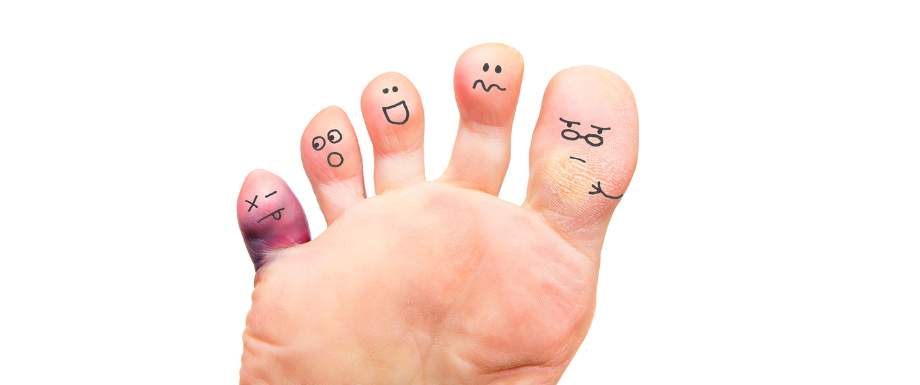Foot care for Hammertoe in Diabetes
People with diabetes are more prone to get foot problems. They are prone to infections, ulcers, and deformities in case of uncontrolled diabetes. Hammertoe is a deformity of the feet that is genetic and can even occur in diabetes in people with diabetic neuropathy.
What is a Hammertoe?
Imbalance of muscles, tendons, and ligaments leads to hammertoe deformity. Hammertoe occurs to the second toe and is also witnessed in third and fourth toes. The deformity causes toes of feet to bend abnormally and cause pain. Though initially flexible, deformity tends to become permanent if it is not managed properly.
Causes of Hammertoe
- Genetic factors
- Wearing ill-fitting shoes
- Muscle weakness
- Injury or trauma
- Disease conditions like diabetes and arthritis
Hammertoe is more common among women than men and the risk increases along with age.
Symptoms of Hammertoe
- Visible bending of affected toe making the end of the toe look like a hammer
- Pain of the toe with movement and while wearing shoes
- Formation of calluses and corns on the affected toe
- Redness and swelling
- Inability to straighten the toe
Hammertoe is diagnosed with the help of a physical examination and x-rays. Treatment options for hammertoe include:
- Specific exercises to the hammertoe
- Wearing proper footwear
- Shoe inserts
- Pain relief medications
- Surgery (in case of severe deformity)
Diabetes and Hammertoe
As in the case of many diabetic foot problems, hammertoe is caused due to reduced blood flow and nerve damage. Diabetic neuropathy of the feet increases the risk of hammertoe. In the initial stages of diabetic neuropathy, nerves of the feet are damaged and it causes numbness, tingling, and pain. As the condition progresses, it can lead to deformities including hammertoe.
When peripheral nerves of feet are damaged, nerves that control movement and contraction of muscles of the feet are affected.Over a period of time, this nerve damage leads to decay of muscles of the feet. This is called muscle atrophy.
When nerves controlling muscles are affected, they lead to shrinkage of muscles. This in turn creates imbalance leading to stiff joints and hammertoe.
Prevention of Hammertoe
- Wear proper footwear with low heels
- Ensure that toes have proper room after wearing shoes
- Wear adjustable shoes
- Do specific foot exercises as suggested by your podiatrist
- If you already have hammertoe, examine feet daily for appearance of calluses as this can lead to diabetic foot ulcer
- Maintain target blood sugar levels and HbA1c
- Get regular feet examinations
